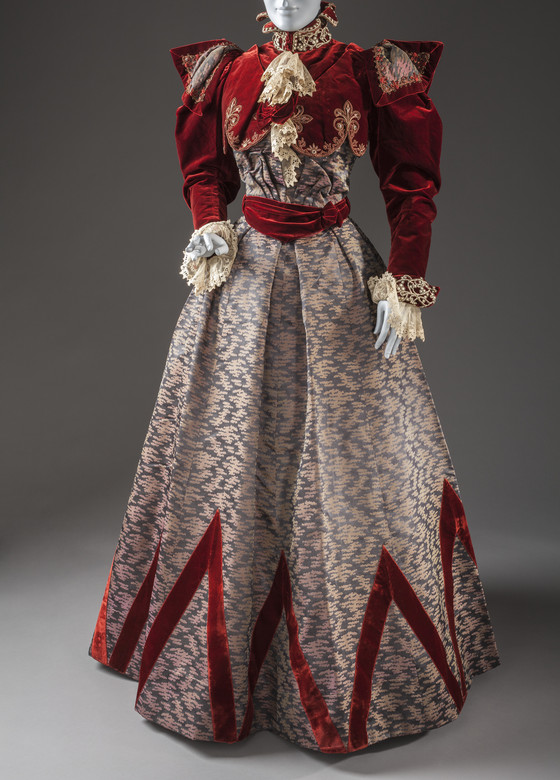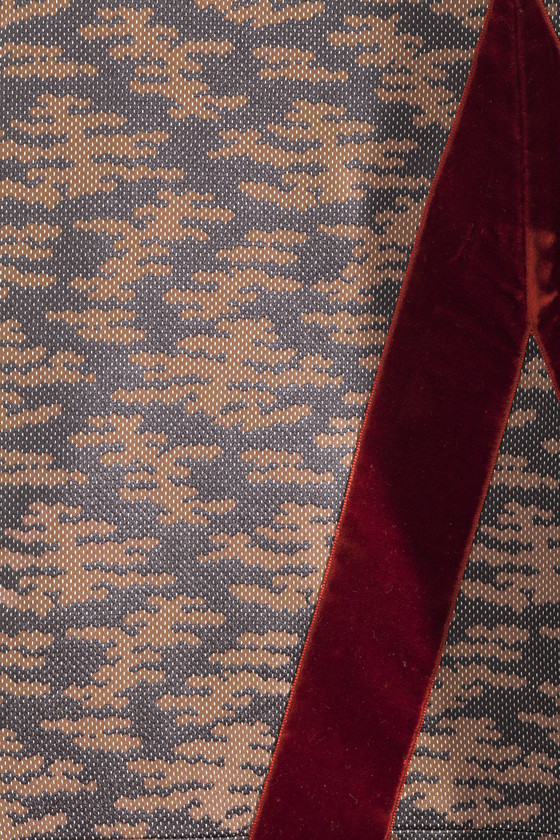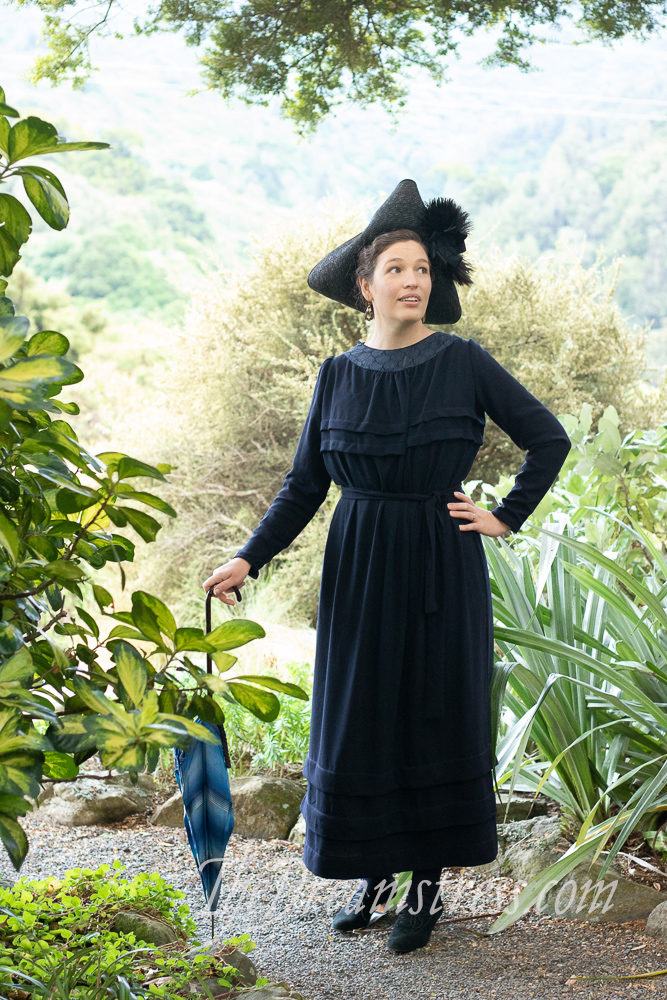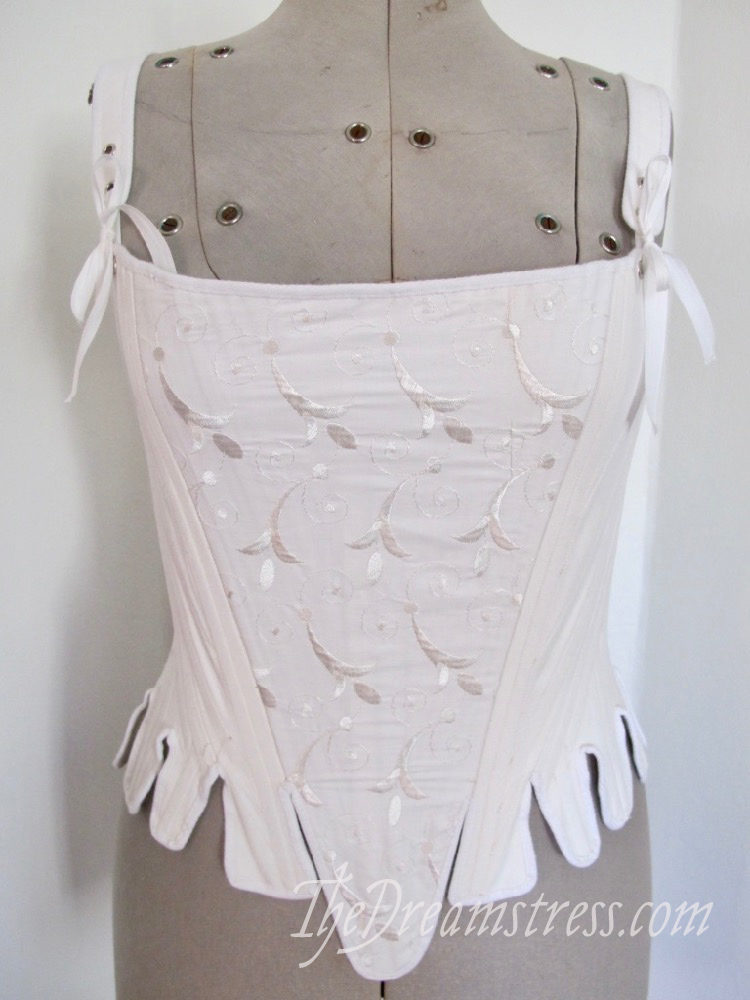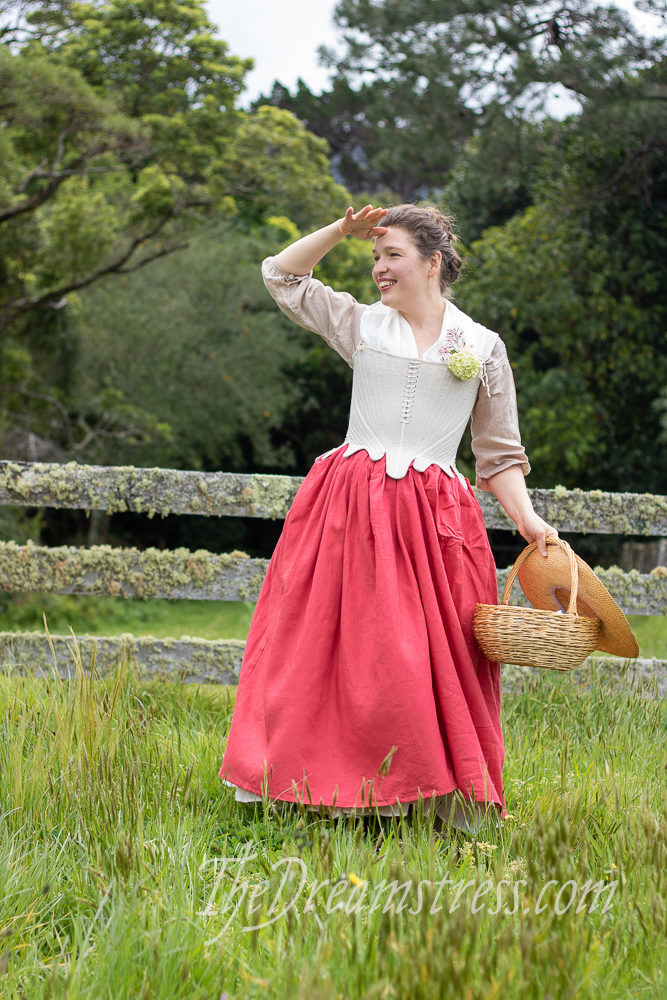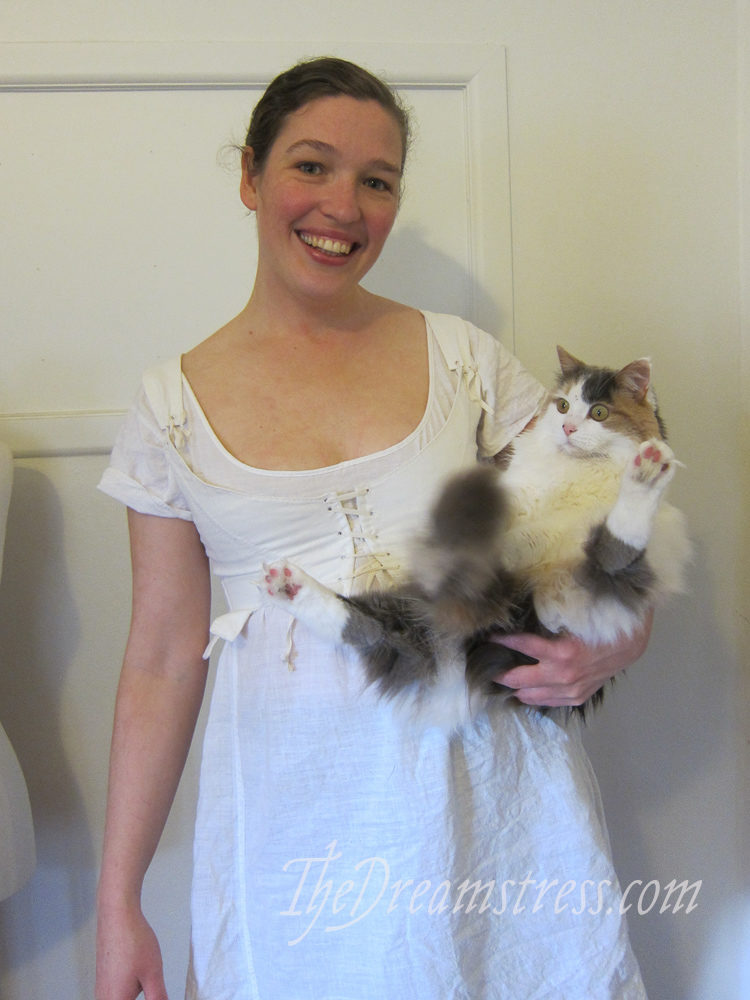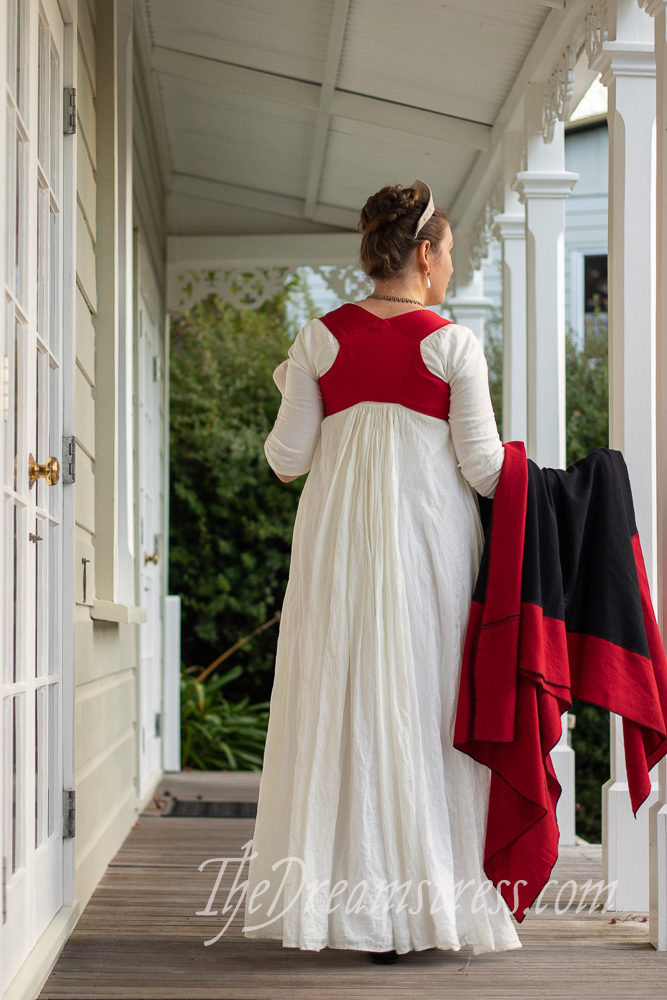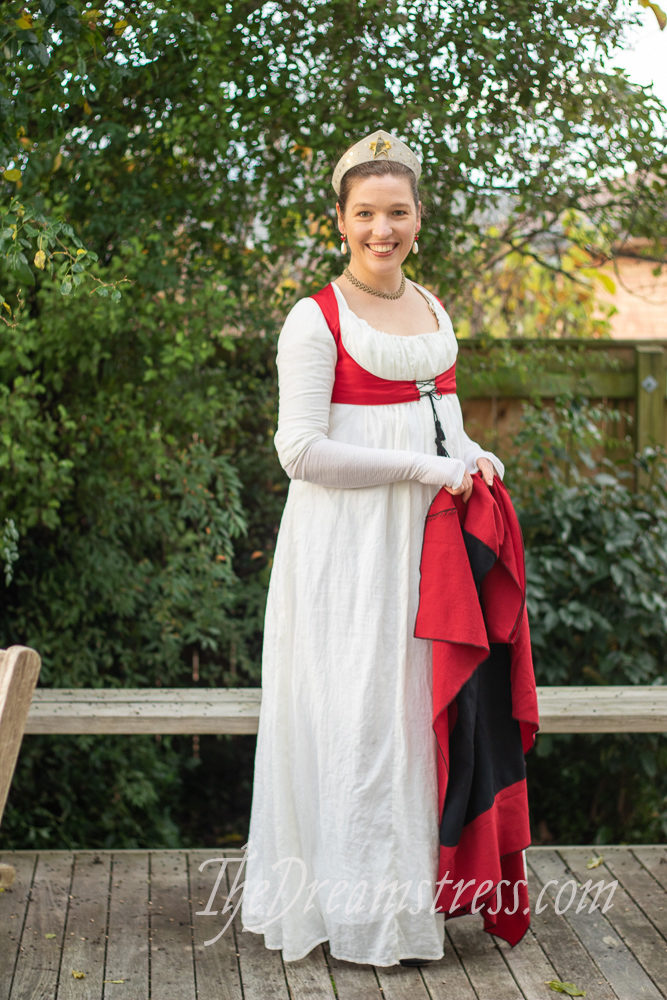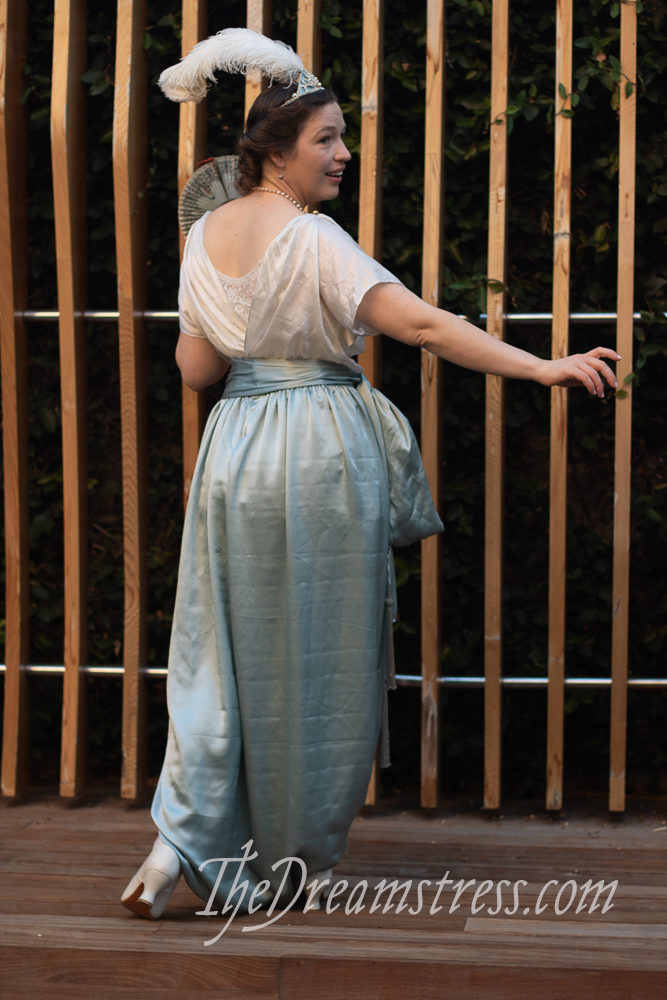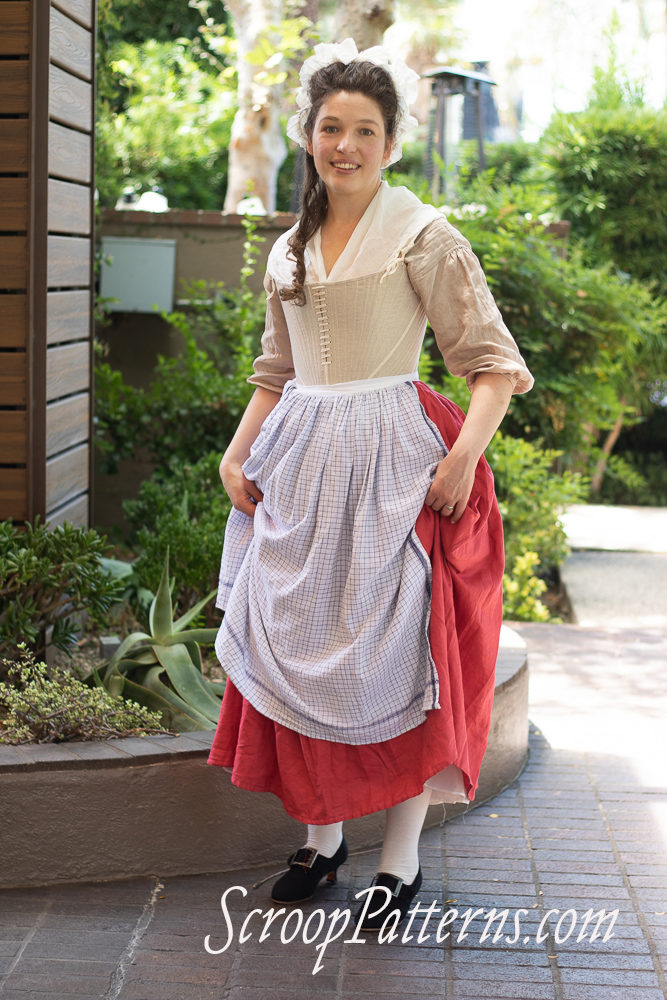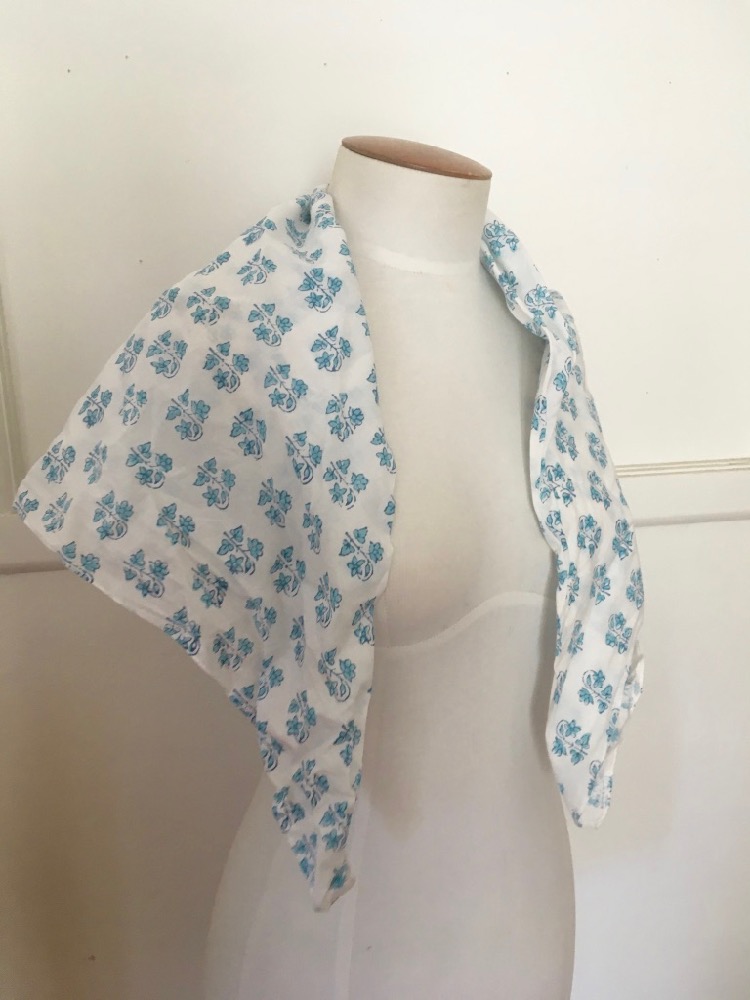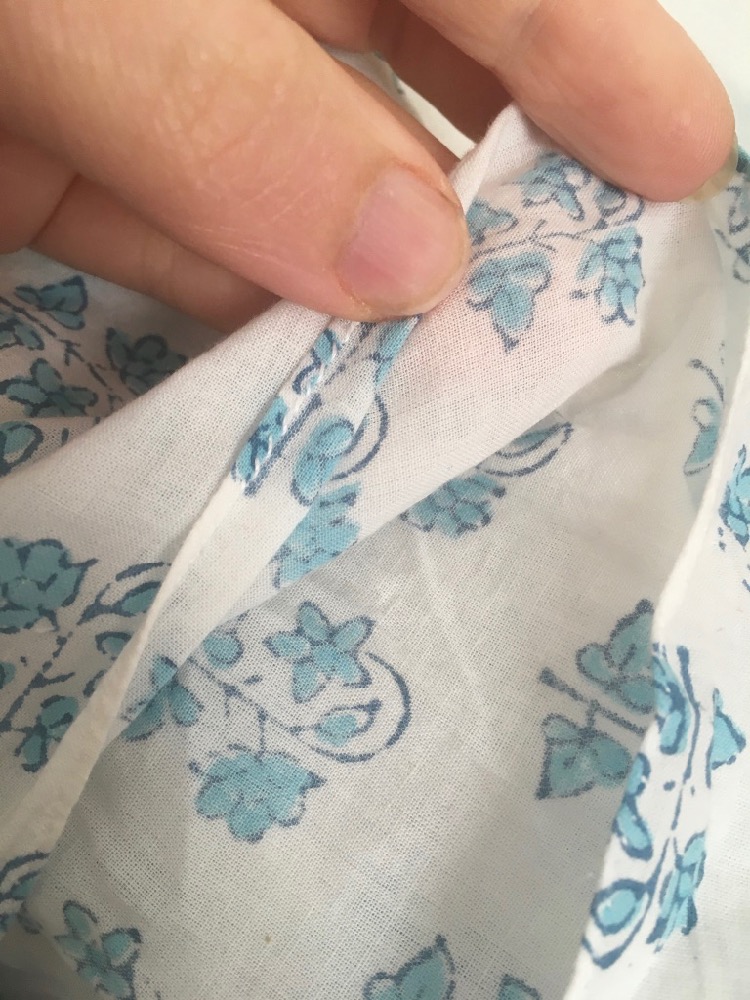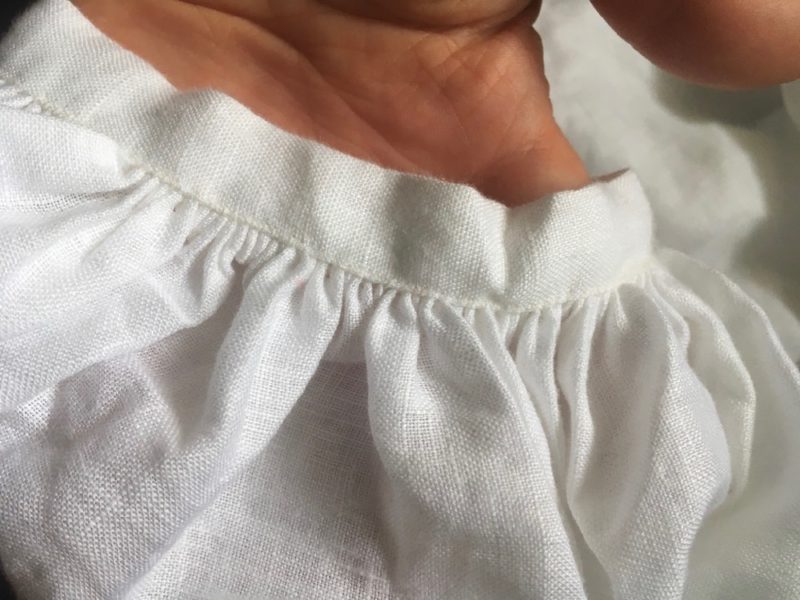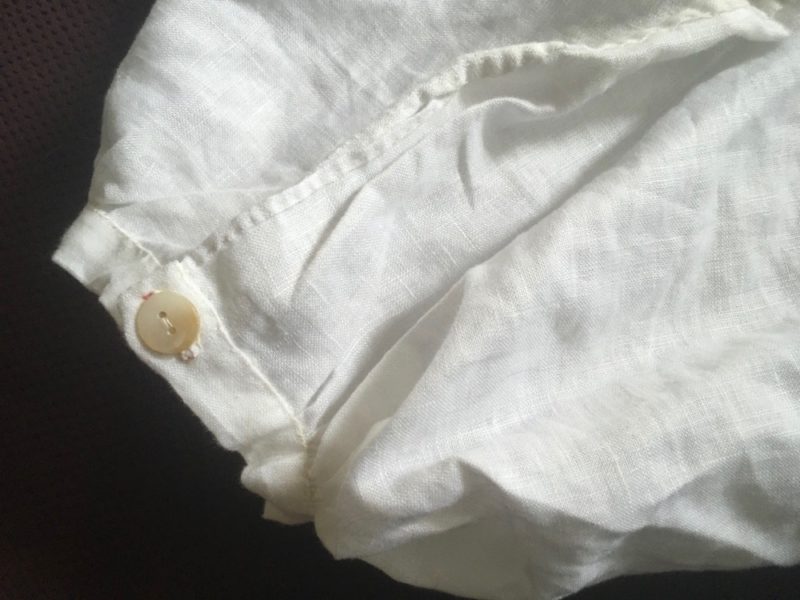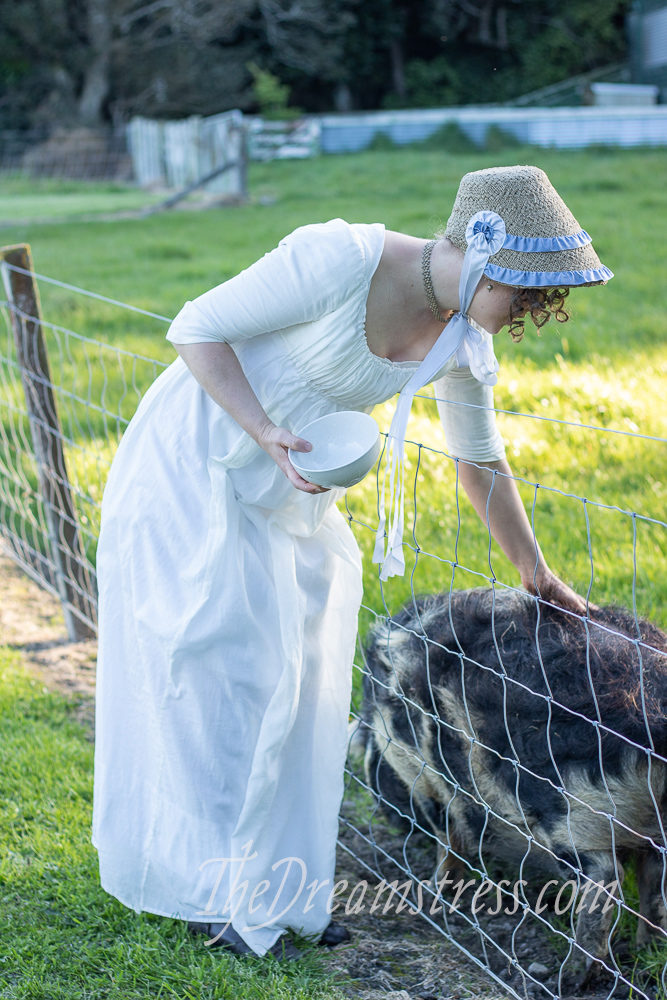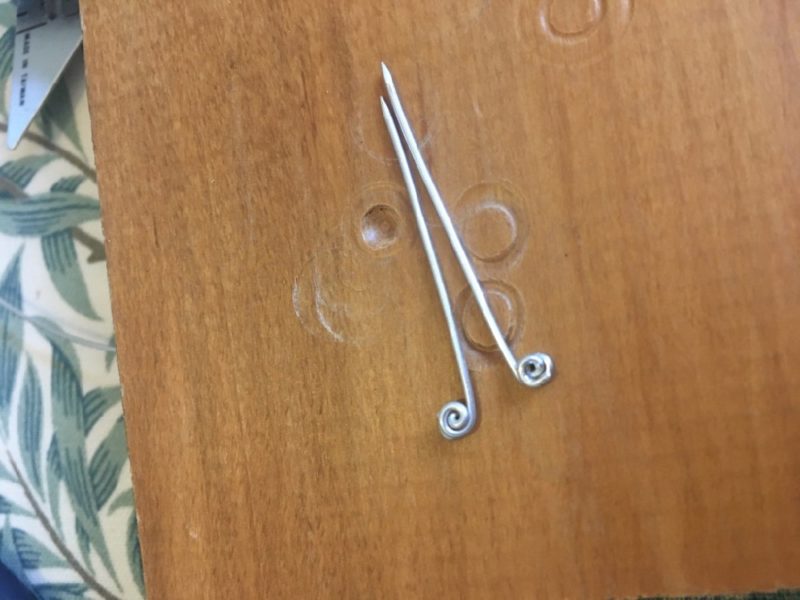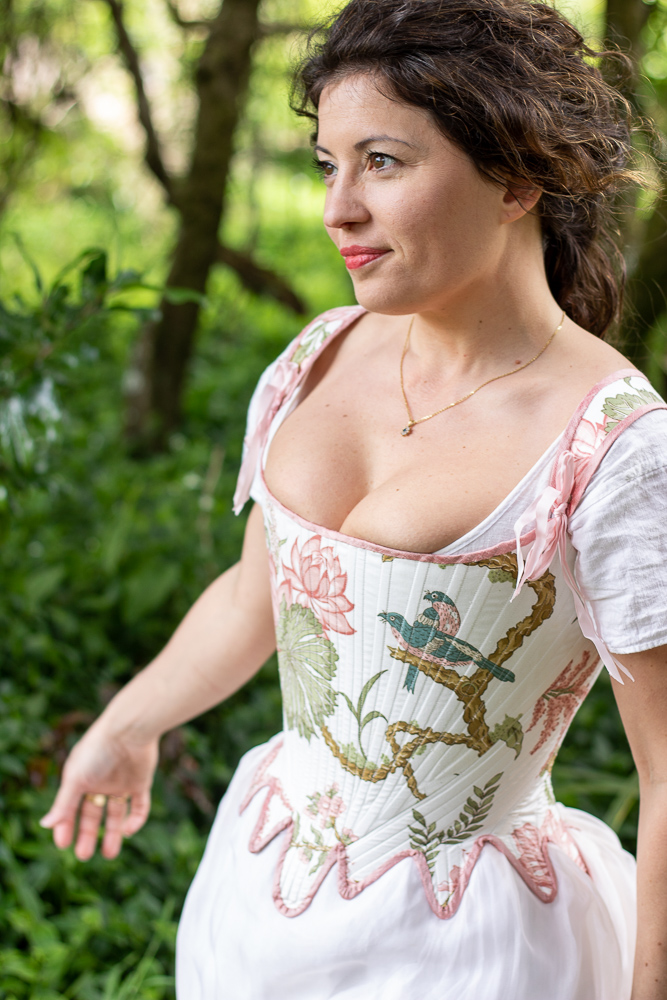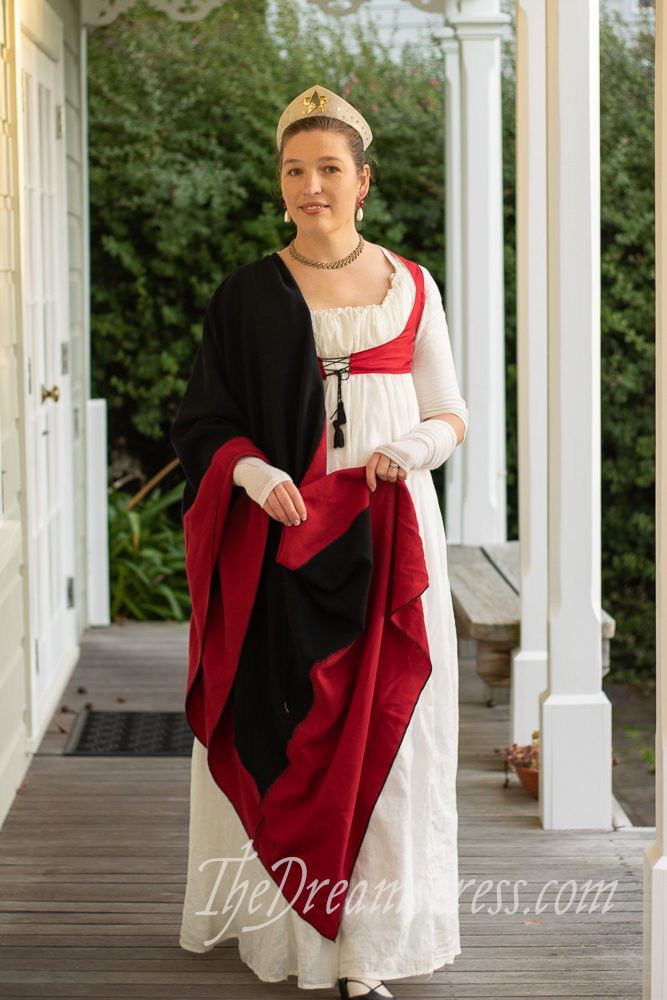Has anyone else noticed that you just can’t buy good quality cotton sheets anymore?
Sheets I bought when I first moved to NZ 15 years ago are still going strong, but anything I’ve bought in the last five years (when we upgraded our bed size) lasts less than three years, even when it’s the same brand.

And that’s an issue. Cotton (even organic) is not great for the environment, and the best way to lower its impact is to get as much use as possible out of anything cotton that you buy. Three years for sheets = not good.
To get a little more use out of the extremely disappointing sheets I’ve purchased in the last 5 years, I’ve been recycling the sheets that have worn out.
I turn the fabric around the edges of worn out fitted sheets into pillowcases, and do the same with flat sheets that are very thin, or where there are tears in the middle.
If there is enough robust fabric left in a flat sheet, I turn it into a fitted sheet. This is also a great thing to do with vintage flat sheets, which last forever, and come often come in smaller sizes (holdovers of the days when adult couples slept in single beds – who uses a king single today!).
It’s kind of weird, but I get a lot of satisfaction out of being able to ‘make’ my own sheets: remaking a thing to be useful, keeping it out of the waste system for as long as possible, giving it its best possible life.
I shared some snippets of the process on instagram, and people asked me to show how I do it.
So here’s how to make a fitted sheet from a flat sheet!

Measurements:
First, measure your mattress top: you need to know the:
- length
- width
- depth
- circumference (length + width x 2)
Materials: Version A
This version is made with one long length of fabric that covers the mattress top and both ends, and narrow pieces that cover the sides of the mattress.
You’re going to need:
- An old sheet/piece of an old sheet as long as the top of your mattress + 2x the depth of the mattress + 8″/20cm + 1″/3cm (for seam allowance) and as wide as your mattress + 1″/3cm (for seam allowance)
- Scraps of old sheets/fabric enough to make 2 lengths as long as your mattress + 1″/3cm (for seam allowance) and as deep as your mattress + 4″/10cm
- Elastic about 1/2″/1.2cm wide x the circumference of your mattress minus 20%
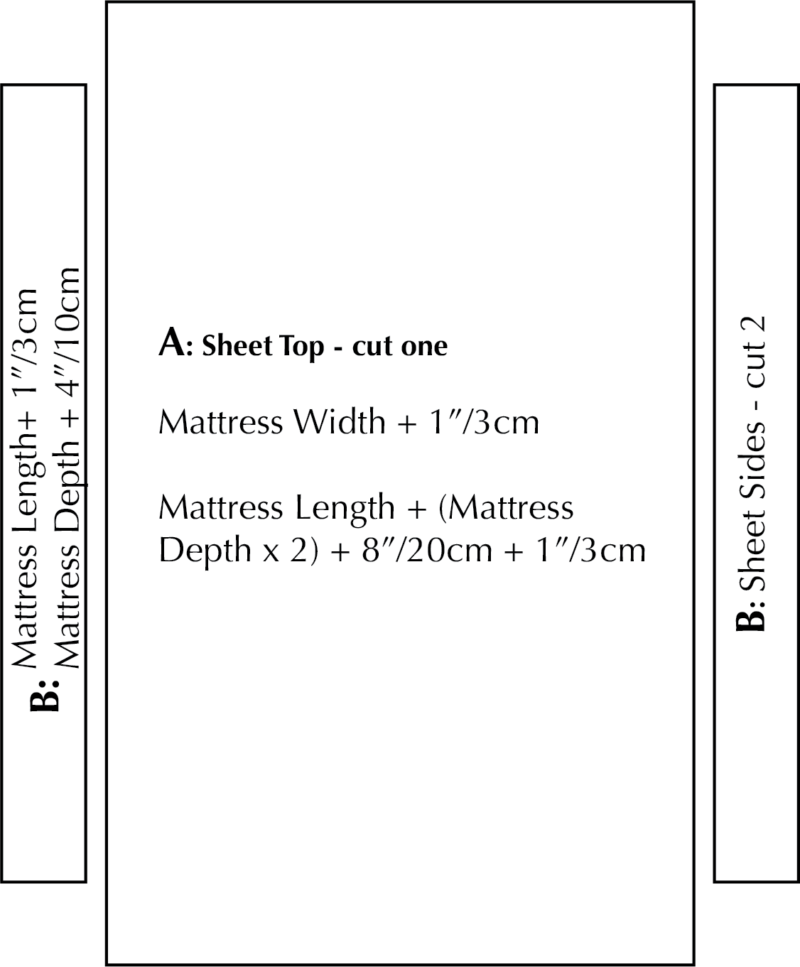
Version A Top Assembly:
You’ll be sewing the big top piece to the narrow side pieces, turning the corner at the short ends, to form the top and bottom of the fitted sheet.

Start by sewing a short end of one Piece B to the long side of Piece A. 1/2″/1.5cm* from the end of the short side of Piece B, sink your needle, and turn the corner of Piece B.

Continue sewing the long edge of Piece B to the long edge of Piece A. 1/2″/1.5cm* before you reach the long end of Piece B, sink your needle, and turn the corner of Piece B so that you can sew down the second short end, forming two corners on either end of your sheet.
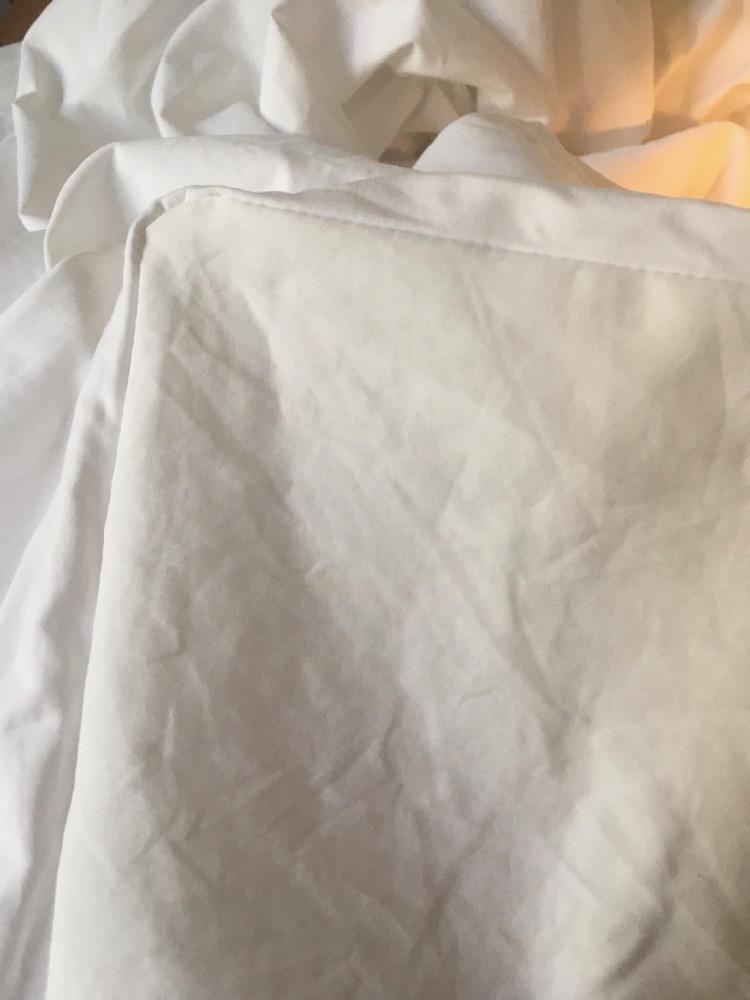
Repeat the same steps to join the second Piece B to the other long edge of Piece A, so you have your assembled sheet which fits neatly over the mattress.
Finish all your seams as desired.
Materials: Version B
This version is made with one moderately long length of fabric that covers the mattress top, two long narrow pieces that cover the sides of the mattress, and two short narrow pieces that cover the ends of the mattress
You’re going to need:
- An old sheet/piece of an old sheet as long as the top of your mattress + 8″/20cm + 1″/3cm (for seam allowance) and as wide as your mattress + 1″/3cm (for seam allowance)
- Scraps of old sheets/fabric enough to make 2 lengths as long as your mattress + 1″/3cm (for seam allowance) and as deep as your mattress + 4″/10cm
- Scraps of old sheets/fabric enough to make 2 lengths as wide as your mattress + 1″/3cm (for seam allowance) and as deep as your mattress + 4″/10cm
- Elastic about 1/2″/1.2cm wide x the circumference of your mattress minus 25%
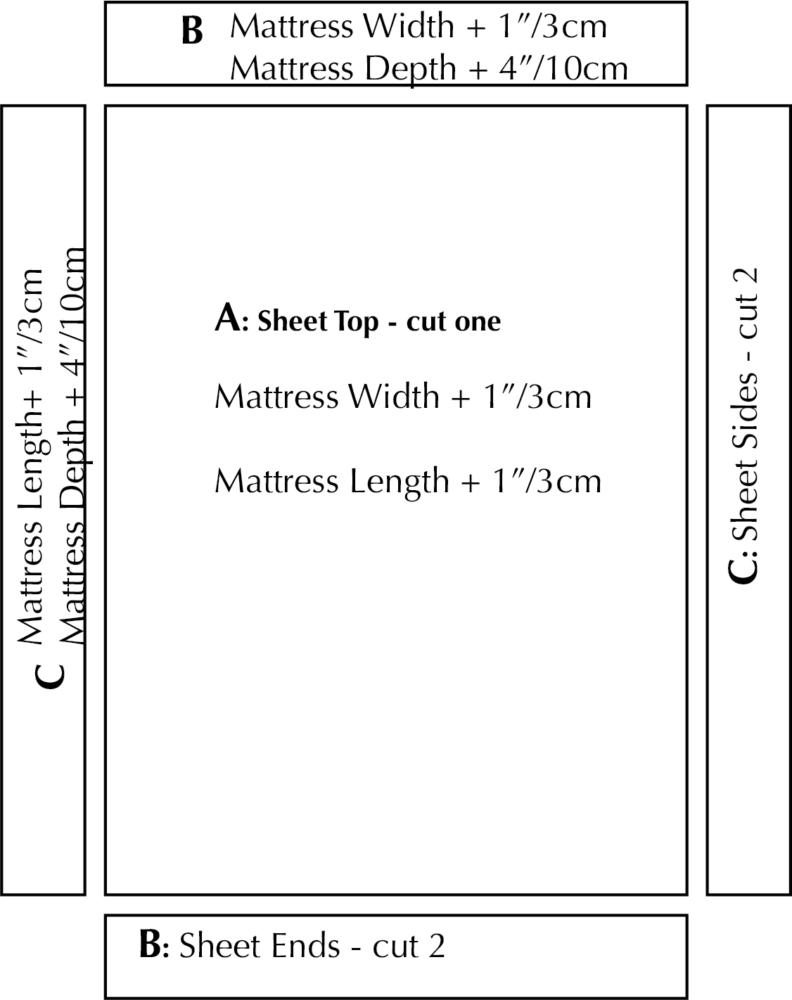
Version B Top Assembly:
Sew Pieces B to Piece A like so:
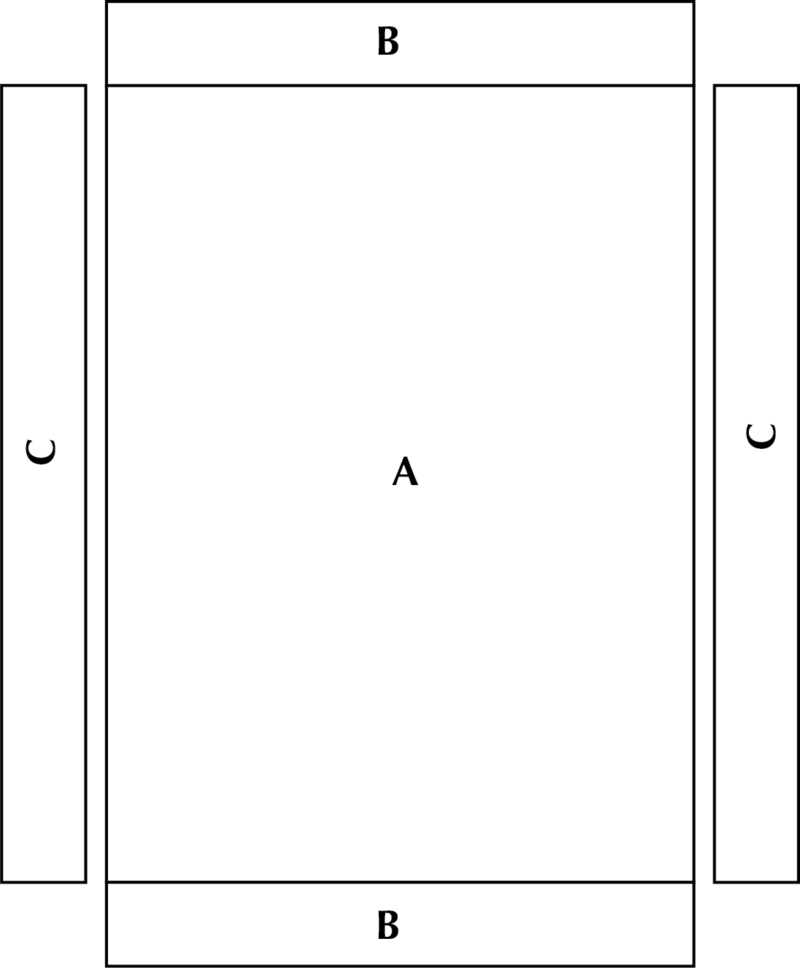
Then assemble the rest of the sheet top exactly as with Version A.
Finish all the seams as desired.
Elastic:
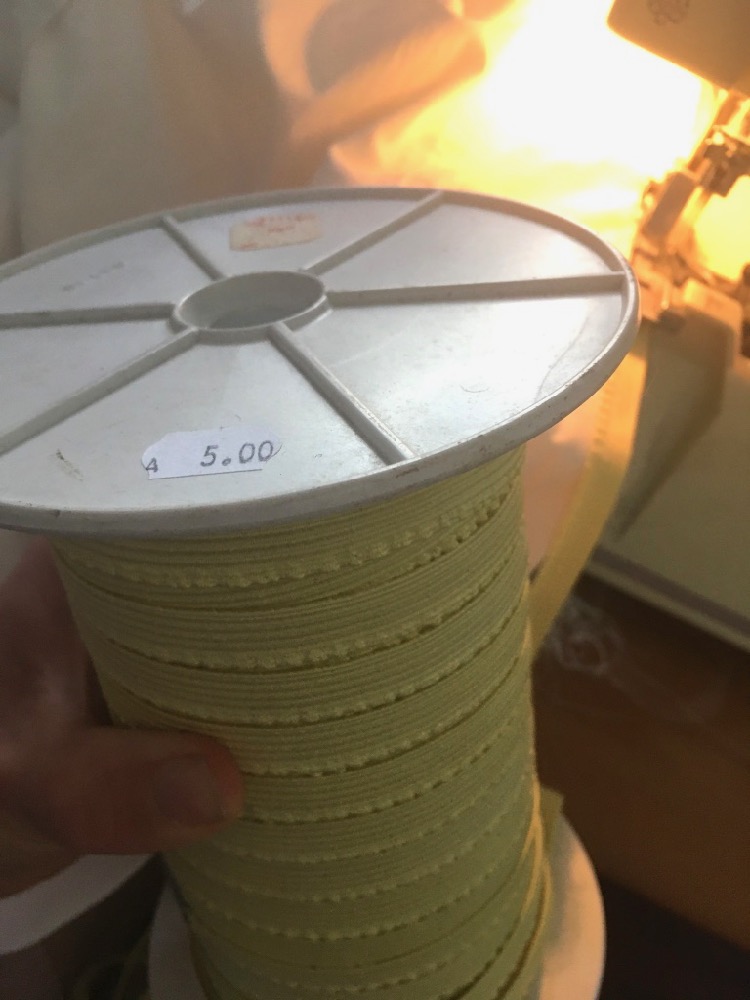
I was super lucky to find an entire roll of suitable elastic at an op shop for only $5.
I don’t measure my elastic as I apply it to my sheet: simply stretch and sew. However, if you really want to measure. a 25% reduction in elastic compared to the circumference should be a good amount.
If you’re doing an exact measure, mark quarters & eights in your elastic, and quarters & eighths in your sheet circumference. Match the quarters and eights before you sew, and then stretch between them as you sew.

If you’re doing what I do, and stretch as you sew, just stretch a moderate amount as you sew around the sheet.
Match the elastic to the WRONG side of the sheet, sew it on, and then fold the elastic in toward the wrong side of the sheet, to cover the elastic and form a neat edge visible from the outside, and then sew again.

Ta da! You are done!
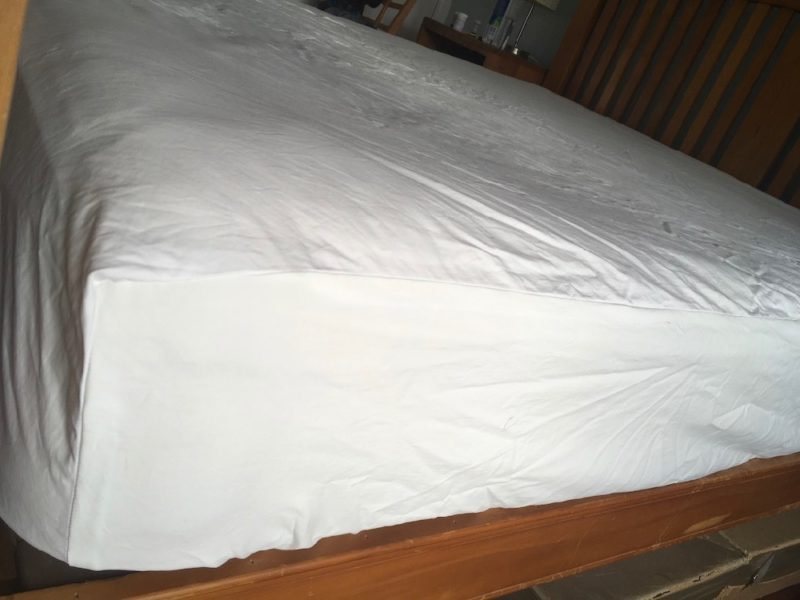
Hopefully I’ll get a few more years use out of these sheets. And then they can get used again, as toiles, and then cleaning clothes. Re-use, re-use, re-use!
May I sleep on them as peacefully as Felicity….

*yep, I know they aren’t the same, but I did the imperial measures for this tutorial with a 1/2″ seam allowance, and the metric with 1.5cm.


